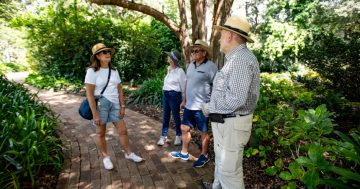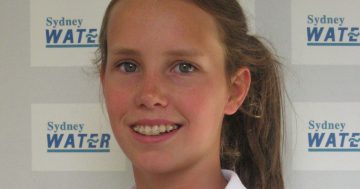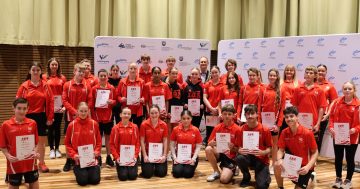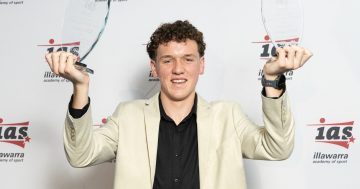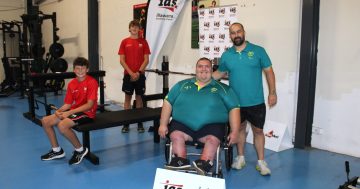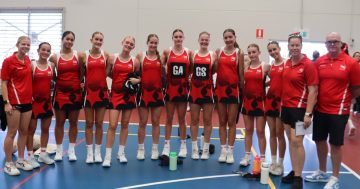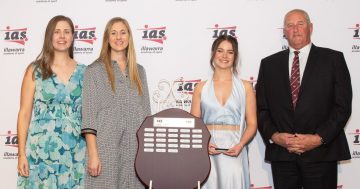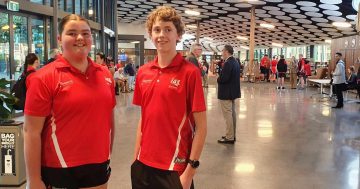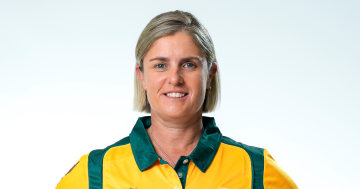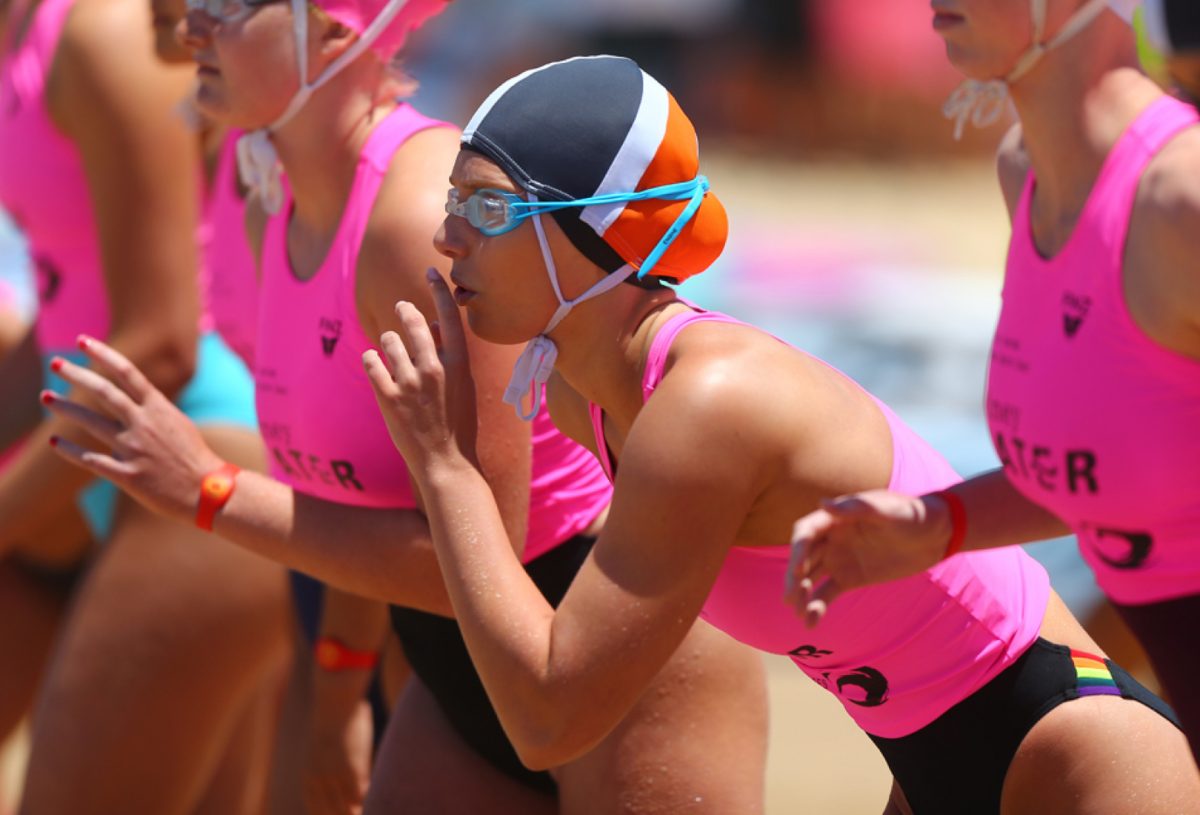
Ivy Miller is one of the students at the Illawarra Academy of Sport who could find herself at Brisbane 2032. Photo: Supplied.
The Illawarra Academy of Sport may now be recognised as an official Olympic training centre and have seen Olympians such as Emma McKeown and Sally Fitzgibbons walk through its doors, but its new CEO wants to work on ways to further develop its people beyond being athletes.
Academy CEO Salv Carmusciano, who started in his role in October, said the Australian Olympic Committee (AOC) had formally recognised the NSW Regional Academies of Sport (RAS) as official Australian Olympic Training Centres this year.
He said the Illawarra not-for-profit, which is due to celebrate its 40th anniversary next year, was one of 11 NSW academies and the pioneer for the regional academy model in Australian sport.
He said the new Olympic status was important for all athletes across the network.
“It just means the athletes now know they can trust the academies more so that they’ve been given the tick to further develop them as talented athletes and know we’re best placed to help them make that transition from talent to elite,” he said.
“The athletes can say, well, I want to be an Olympic athlete and if I’m going to make it, then this is a centre that’s going to help me get there.”
Many of its current students are working towards the chance to compete at the 2032 Brisbane Olympics.
“In eight years’ time, we would expect to see some of these names that are participating right now in our academy system at Brisbane 2032,” he said.
Potentials for that list include swimmer and surfer Ivy Miller, snowboarder Marci Davis-Cook, and Ash Barlow who made the Under 16 AFLW All Australian team but also excels at netball.
He said these athletes would stand on the shoulders of the 15 Olympians, 20 Commonwealth Games representatives, 11 world champions and 75 senior national team representatives produced throughout the academy’s history.
Names such as skater Kieran Woolley, canoeist David Smith, surfer Sally Fitzgibbons, former Socceroo Luke Wilkshire, cricketers Brett and Shane Lee, wheelchair basketballer Brett Stibners, hurdler Sarah Carli and, one of Australia’s most decorated athletes, swimmer Emma McKeon.
“To have had a role to play in her development and now a Young Australian of the Year, speaks to everything that the Illawarra Academy of Sport is about,” he said of McKeon.
“She’s not just at the top of her game in her sport in the pool, but an outstanding Australian citizen and role model for many others.”
He said that focus on developing people beyond being an athlete as they aspired for excellence was one of his goals in the role.
“The academy prides itself on its education programs, with a view that it’s not just preparing athletes for greatness in their chosen sport but trying to prepare people for everyday life and trying to produce good quality citizens,” he said.
“So it’s really got this holistic view of people development, but you happen to be a really talented athlete to get offered an opportunity to be part of the scholarship.”
He said with the education suite being an important part of the academy, he wanted to ensure it was meaningful for the athletes by helping them complete a certified accredited program to build a solid foundation on after graduating.
“We want to make sure that when the athletes graduate from the academy, they’re actually graduating with something,” he said.
“So we’re starting to look at how that might look for us in the next couple of years.”
He said while an athlete might join the academy anywhere from the age of 12 to 16 with the goal of becoming a top athlete, sometimes they found themselves following other paths and this was the reason for his focus on athletes “being the best version of themselves”.
“They might not go on to represent the country at the Olympics or any other sporting events, but that’s why we focus on developing good citizens with our programs,” he said.
“We’ve got great examples of people that haven’t been able to make it to the very top of their field in sport, but they’re CEOs running big businesses now or they’ve made something else of themselves.
“We use the example of the CEO at the Illawarra Credit Union, which is one of our major partners. He’s an alumni.
“He was a rugby player but it didn’t quite work out for various reasons, but he still hangs his hat on the success the program had on developing him as a person and as a professional and helping him get to where he is.”
Salv has been in and around sports administration for more than 20 years, predominantly in world football at state and national levels, and worked with participation programs for people of all abilities, but was astounded by the dedication from and talent of the nearly 300 athletes at the academy.
“We’re working with kids who are so focused on what they want to do and what they want to be, and that inspires me as well.”
While its commitment to its founding members was offering fee-free scholarships, it did mean it required funding and support in the form of access to facilities from the Office of Sport, all levels of government including five local government areas, the University of Wollongong, community partners and local businesses.
“It takes a village to create an athlete,” he said.
“We can’t do it without getting the right support mechanisms around these athletes.”








